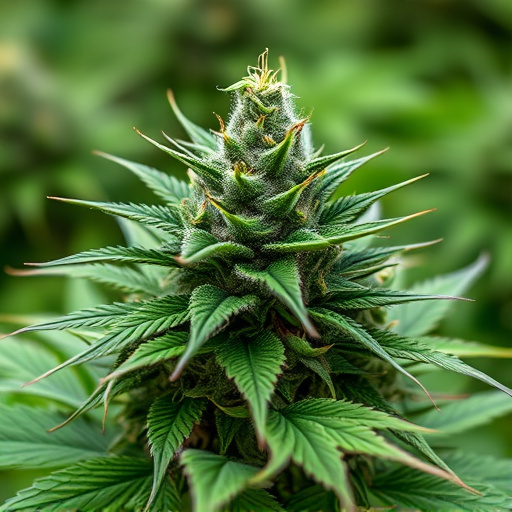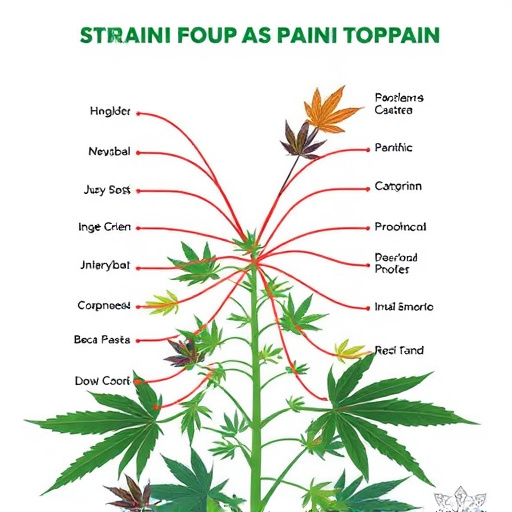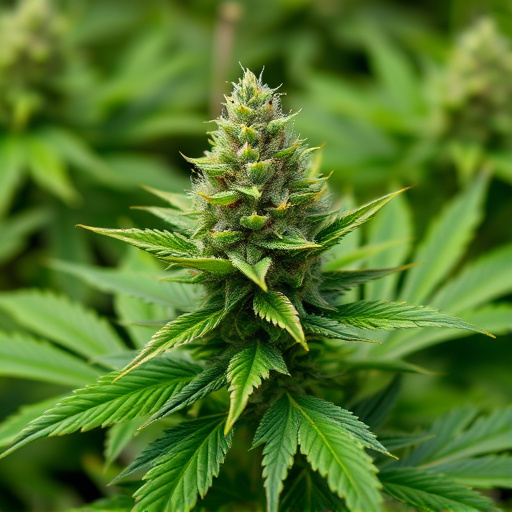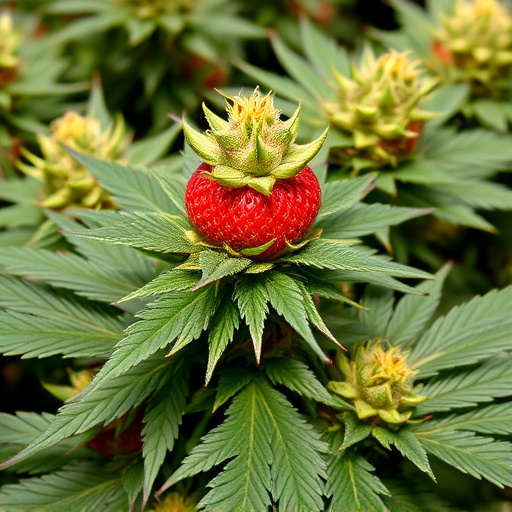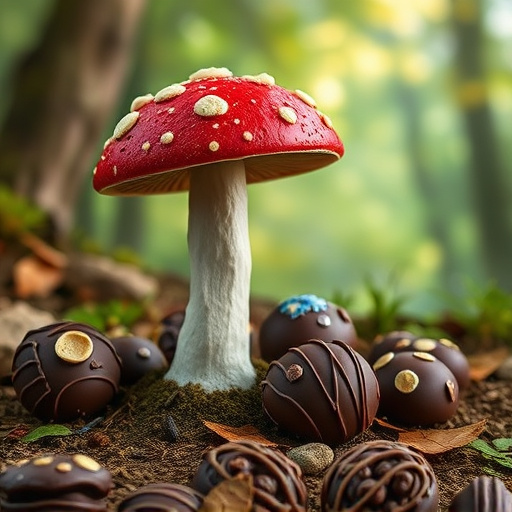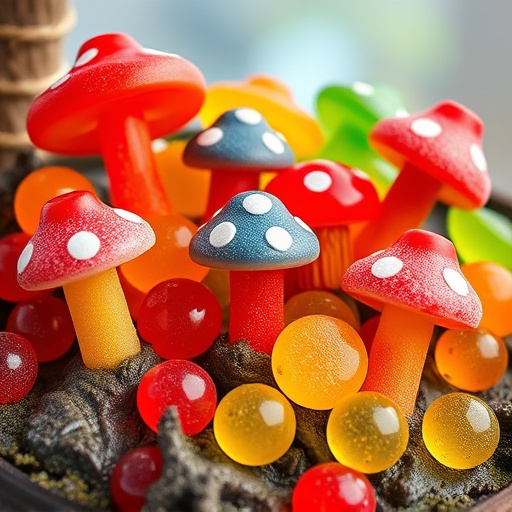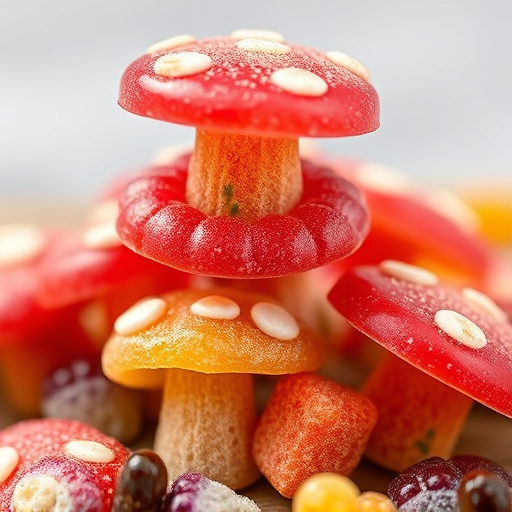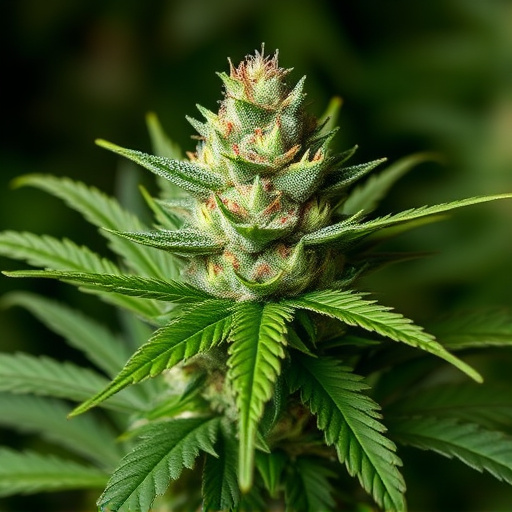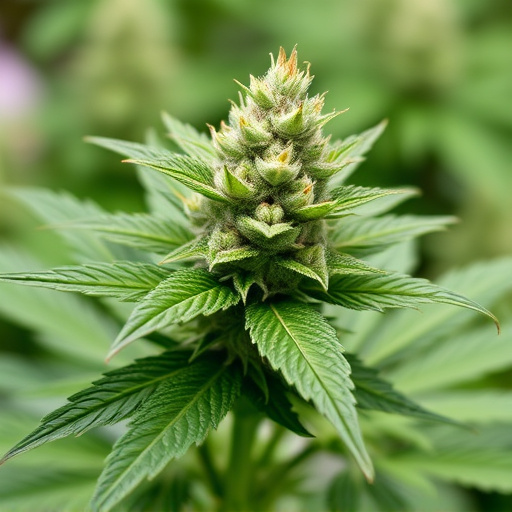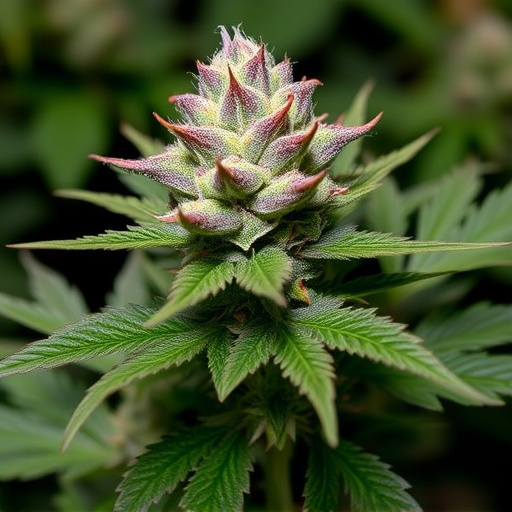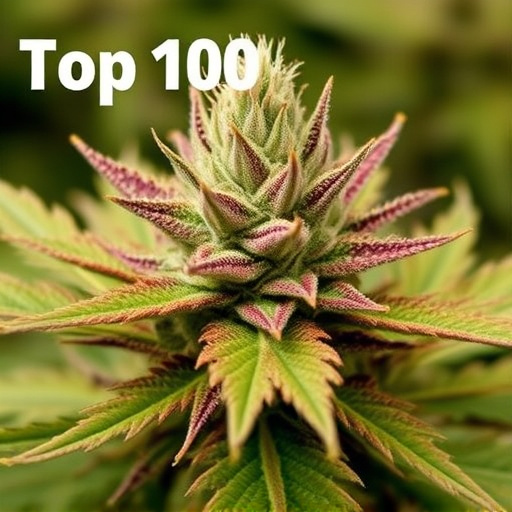Understanding cannabis strains is key to selecting the perfect fit from the top 100 cannabis strains for individual needs. Indica, Sativa, and Hybrid varieties differ in cannabinoid profiles, terpenes, and effects. Indicas induce relaxation with higher myrcene, Sativas offer energizing highs via THC and limonene/pinene, while Hybrids blend these traits. Hybrids dominate the top 100 cannabis strains, appealing to diverse preferences for both physical and mental well-being.
“Unraveling the complexities of the cannabis world, this comprehensive guide delves into the core of Indica, Sativa, and Hybrid varieties. Understanding these distinct species is key to navigating the vast landscape of the Top 100 Cannabis Strains. From the calming effects of Indicas to the energizing properties of Sativas, each strain offers a unique combination of terpenes and cannabinoids. This article explores genetic differences, popular strains, and how these varieties shape consumer preferences, promising insights for cannabis enthusiasts and industry experts alike.”
- Understanding Cannabis Chemistries
- – Definition of Indica, Sativa, and Hybrid
- – Genetic Differences and Their Effects
Understanding Cannabis Chemistries
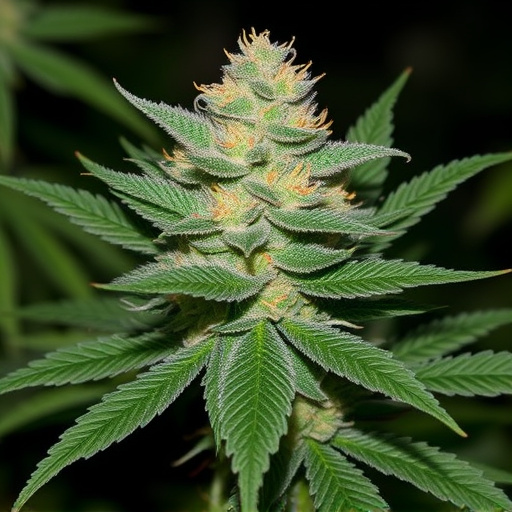
Understanding the chemistry behind different cannabis strains is key to unlocking their unique effects and characteristics. Cannabis plants produce over 100 chemical compounds known as cannabinoids, with two primary ones being THC (tetrahydrocannabinol) and CBD (cannabidiol). These cannabinoids interact with our bodies’ endocannabinoid system, influencing various physiological processes.
When it comes to Indica, Sativa, and Hybrid strains, each category exhibits distinct cannabinoid profiles. Indicas tend to have higher levels of THC and lower CBD concentrations, often resulting in more potent psychoactive effects and relaxing properties. Savvy consumers often seek out top 100 cannabis strains for their potent Indica characteristics, known for inducing profound relaxation and sleepiness. On the other hand, Sativas boast lower THC and higher CBD ratios, offering uplifting and energizing experiences. Hybrids, being a combination of Indica and Sativa genetics, provide a diverse range of effects, catering to various consumer preferences within the vast landscape of cannabis chemistry.
– Definition of Indica, Sativa, and Hybrid
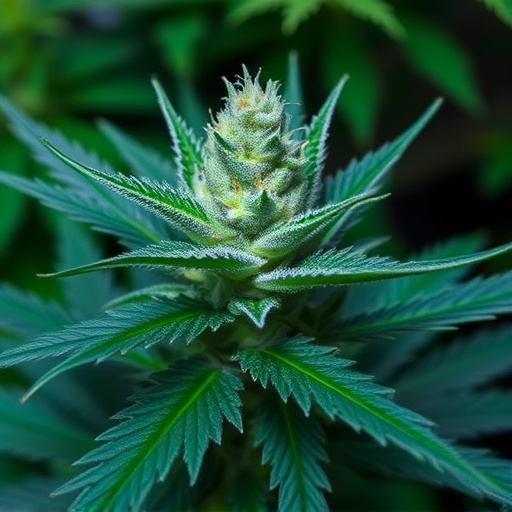
Cannabis enthusiasts often hear terms like Indica, Sativa, and Hybrid, but what do these classifications mean? In simple terms, they refer to different species or varieties of cannabis plants, each with unique characteristics that influence the user’s experience. Indica is known for its short, stout plants with wide leaves, typically yielding a relaxing, sedative effect. It’s often sought after for evening use due to its ability to induce calmness and sleepiness, making it popular among those dealing with insomnia or anxiety.
Sativa, on the other hand, features taller, slender plants with narrower leaves. This variety is renowned for its uplifting and energizing effects, promoting focus, creativity, and social interaction. Many Sativa strains are preferred during the day when users need a boost in productivity and mental clarity. Hybrid cannabis strains, as the name suggests, are a cross between Indica and Sativa plants, combining desirable traits from both. These can offer a balanced experience, blending relaxation with energy, making them versatile for various user preferences, including those looking for a top 100 cannabis strain that caters to both physical and mental needs.
– Genetic Differences and Their Effects
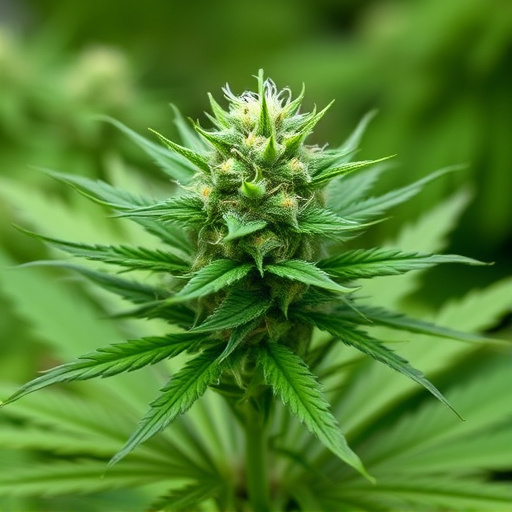
Cannabis plants are classified into three main categories based on their genetic makeup and effects: Indica, Sativa, and Hybrid. The differences between these strains lie in their unique chemical compositions, which significantly impact users’ experiences. Indica plants, for instance, tend to have higher levels of myrcene, a terpene known for its relaxing and sedative properties, making Indica popular among those seeking relief from stress, anxiety, or insomnia. In contrast, Sativa varieties often boast elevated concentrations of tetrahydrocannabinol (THC), the primary psychoactive compound responsible for the “high” associated with cannabis use, as well as terpenes like limonene and pinene, which contribute to uplifting and energizing effects.
Hybrids, as the name suggests, are crossbreeds between Indica and Sativa plants, resulting in a diverse range of genetic combinations. This category offers users a broad spectrum of effects, combining the relaxing properties of Indica with the invigorating or cerebral highs often associated with Sativas. Many top 100 cannabis strains are hybrids, catering to various preferences and intended uses, from relaxation and pain management to creative inspiration and energy boosts.
Cannabis enthusiasts now have a deeper understanding of the diverse world of Indica, Sativa, and Hybrid strains. By recognizing the unique chemical compositions and genetic origins, consumers can make informed choices from the top 100 cannabis strains available. This knowledge allows for personalized experiences, catering to specific preferences and desired effects, whether seeking relaxation or energy. With such variety, navigating the market has never been easier.

